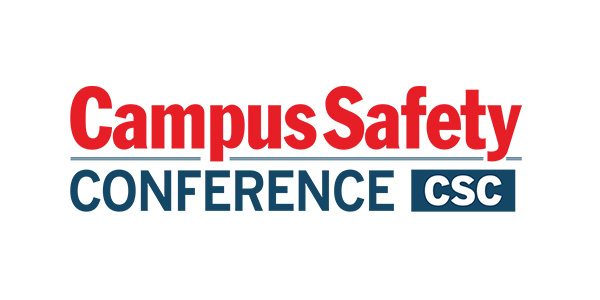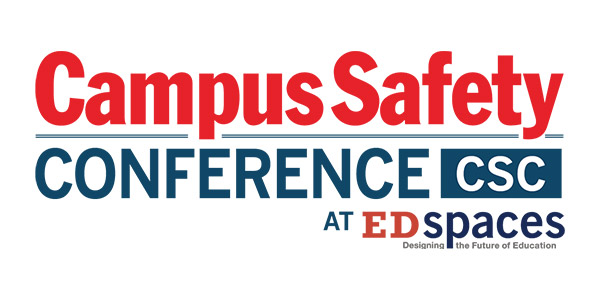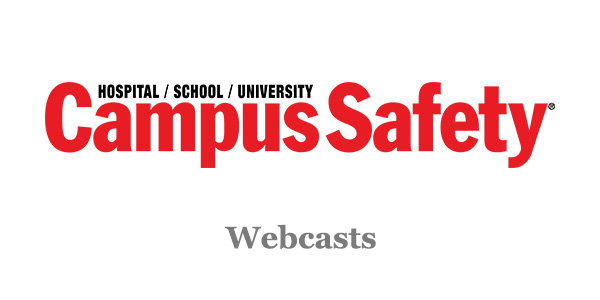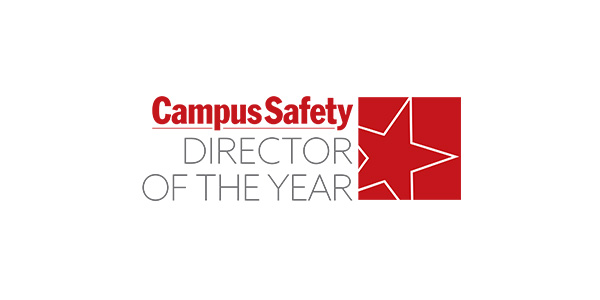ANN ARBOR, Mich., The proportion of older teens who use illicit drugs and marijuana continued to decline in 2005, according to the latest national survey in the University of Michigan-affiliated Monitoring the Future series. This is the fourth consecutive year of decline among the nation’s 10th-, 11th- and 12th-grade students. However, the long-term improvements previously seen in 8th graders since 1996 appear to have halted this year.
Overall, the use of any illicit drug in the 12 months prior to the survey is down by more than a third among 8th graders since 1996, the recent peak year for that grade. It is down by just under a quarter among 10th graders but only by about 10 percent among 12th graders. Tenth and 12th graders reached their recent peaks in 1997. Marijuana is down by similar proportions.
In 2005, the proportions of students ever having tried any illicit drug in their lifetime are 21 percent, 38 percent and 50 percent in grades 8, 10 and 12 respectively. That translates to exactly half of the students today having tried an illicit drug by the time the finish high school.
According to the study, compared to previous years, 2005 is marked by more limited decline in drug use. This year there are no statistically significant changes in prevalence for any illicit drug, marijuana, any illicit drug other than marijuana taken as a class; inhalants, hallucinogens taken as a class; crack cocaine, powder cocaine, heroin, narcotics other than heroin, sedatives, tranquilizers, Ritalin and some others.
Marijuana continued a pattern of very modest decline in the upper grades. Other drugs showing modest declines are amphetamines, methamphetamine, steroids and alcohol. Ketamine, Rohypnol and GHB (often called club drugs) also showed some decline with GHB showing a statistically significant reduction.
Overall, teen cigarette smoking also fell to its lowest level since the survey began. Eighth graders, however, showed their first increase since 1996.
The only drugs showing a pattern of increase in 2005 are sedatives, OxyContin and inhalants, although the increases are modest.












